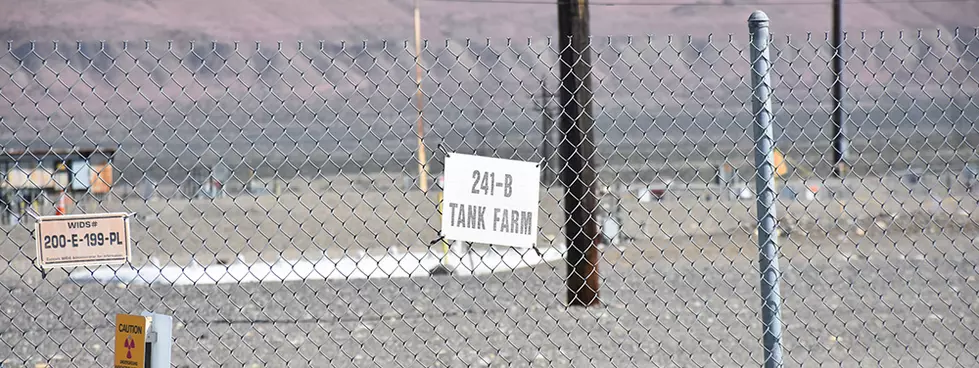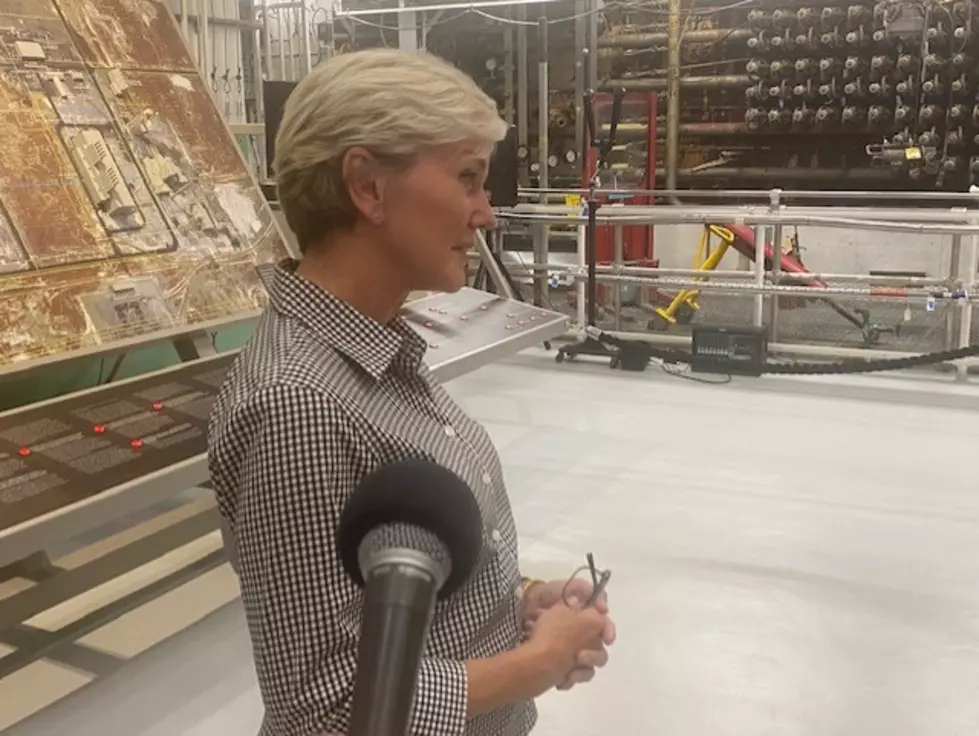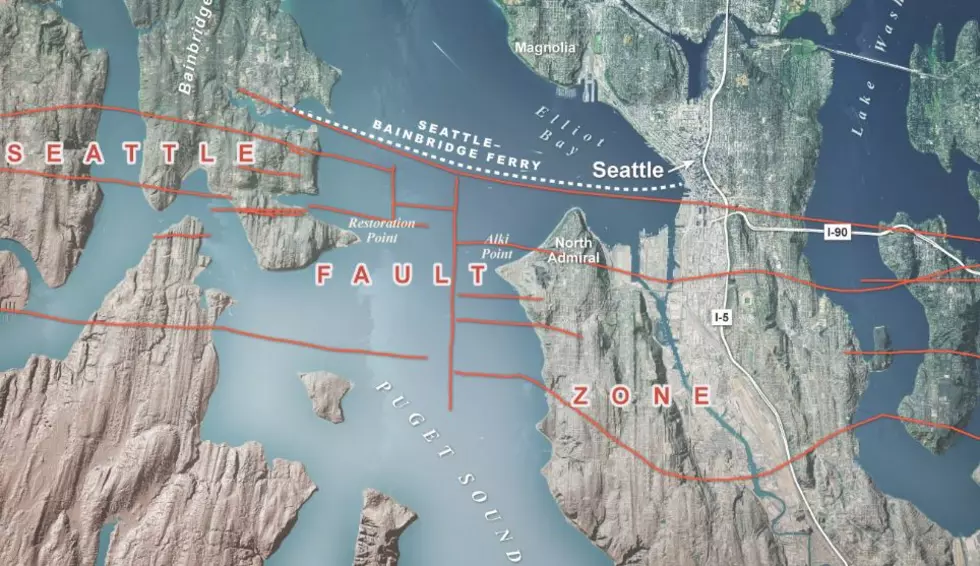
New Hanford Earthquake Assessment — Real or Hysteria?
A new report released this week by the Department of Energy's Inspector General claims Hanford needs to address storage of radioactive pods due to earthquake dangers.
The report, written by David Sedillo, suggests Hanford officials move several thousand "pods" from deep water pool storage to dry storage.
Between 1974 and 1985, cesium and stronium taken from the underground Hanford waste storage tanks was placed inside small capsules, just under 2 feet in length. They were then deposited in 13-foot deep pools of cooling water for storage. The cooled water dissipates the heat from the highly radioactive waste and protects workers from radiation. It's called the Waste Encapsulation and Storage Facility (WESF).
The cesium and stronium are left over waste from the days when the materials for nuclear warheads were made at Hanford. The 1,936 capsules were supposed to be sent to the now-abandoned Yucca Mountain Nuclear repository in Nevada - which the Obama Administration pulled the plug on.
The Inspector General's report claims a severe earthquake, similar to Fukishima in Japan, could cause damage to the pool structures and loss of water as well as electricity. The pools have already outlived their expected usage by about a decade. There is some slight deterioration to the walls due to the high levels of radiation.
However, the report does acknowledge the likelihood of such a quake or disaster that would exceed the stress limits and capabilities of the WESF is "extremely improbable."
According to data from the United States Geological Service (USGS), since 1974 earthquake activity anywhere near Hanford has been virtually non-existant. The illustration in this story shows (red dots) earthquakes in our state between 1974 and 2012. According to USGS, most of the quakes occur on the West Side, in the Cascades, or in Southward in Oregon. Seismic activity near Hanford has been very minimal, and nothing in our state has occurred over the years that's been anywhere close to Fukishima, Japan.
The last time a major quake was felt anywhere near our area was 1936, when a tremor measuring 5.3 on the Richter Scale hit the Washington state line, between Walla Walla and Milton Freewater. There was some structural damage and a visible split in the ground.
Last October, a private Washington state licensed geologist prepared a report on earthquake probability at or near Hanford for the environmental group Oregon and Washington Physicians for Social Responsibility (who by the way, don't have any medical doctors on their board of directors). This anti-nuclear group, who have long been critics of Hanford, claim to dispute earlier reports that showed when the Washington Public Power Supply System (WPPSS) nuclear plant #2 was built decades ago earthquake activity in the area was almost unheard of. (that plant is now the Columbia Generating Station).
However, this data has not been confirmed or verified by the USGS.
However, if you spin through Google today, the news is full of earthquake "panic" about how Hanford is reportedly susceptible to a catastrophic event. While seismic activity is something that needs to be monitored and taken seriously anywhere in the U.S. the REAL issue here is what is going to be done with the WESF waste, and why it should have already been sent to Yucca Mountain.
It can't stay at Hanford forever. Below is a USGS map of earthquake activity since 1974 through 2012. Red dots indicate recorded tremors.
More From 870 AM KFLD









